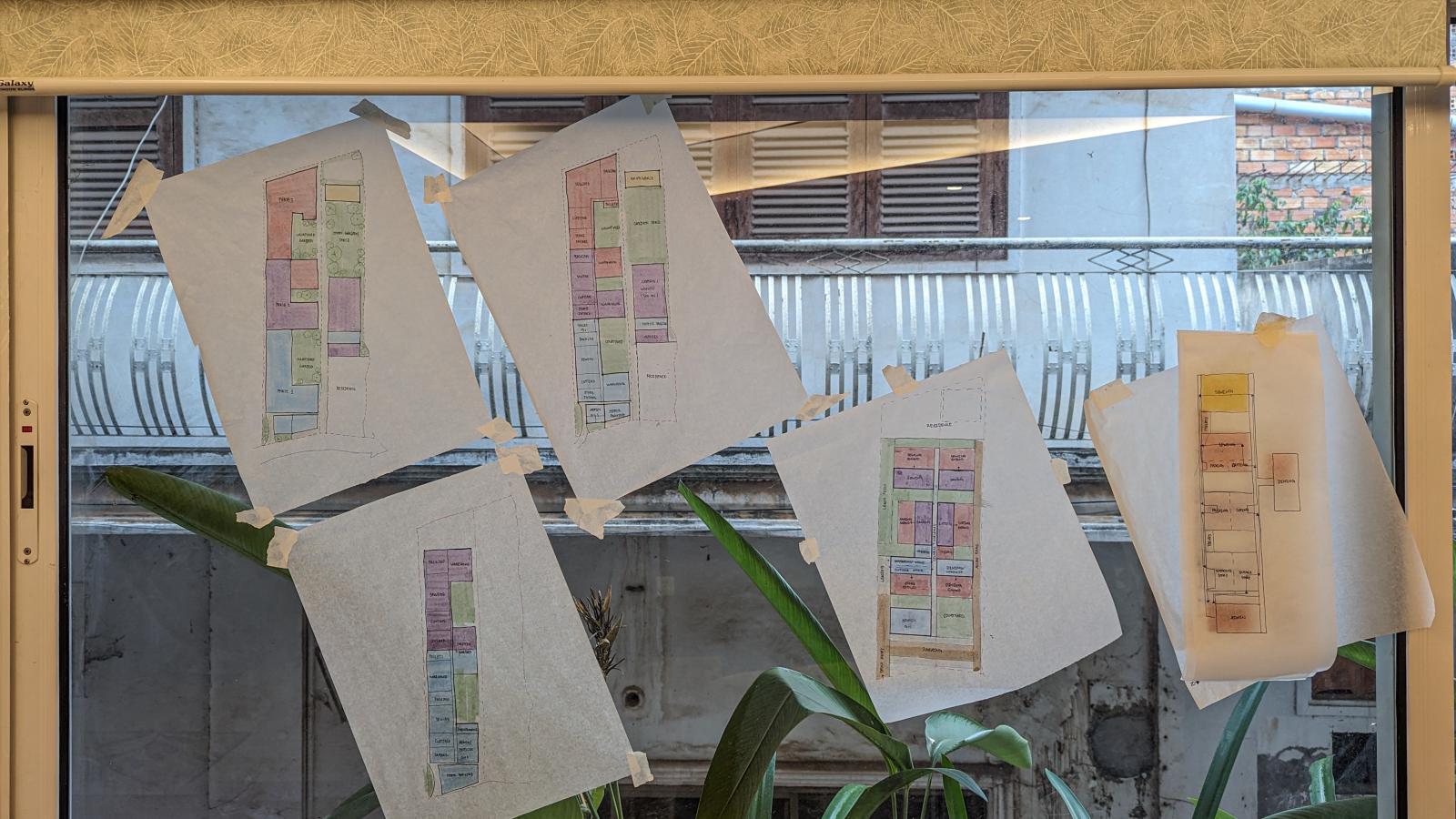How EMI Cambodia is Elevating Quality Control Across Cultures
In the built environment, quality control (QC) and quality assurance (QA) are critical, they ensure the safety, accuracy and professionalism in every drawing and detail. But in an EMI office, where the engineers and architects from around the world collaborate, QC must also bridge the cultural, educational and procedural differences.
This was one of the challenges faced by the EMI Cambodia office when Canadian Mechanical Engineer EIT, Jeremy Zittlau, joined them for his internship in 2024.
EMI Cambodia has a strong foundation of excellent work, the team there recognized an opportunity to standardize and streamline their QC protocols to take their work to the next level.
As part of his internship, Jeremy was asked to review the current QC protocols and develop recommendations for an improved process.
The goal was to improve the clarity, consistency and collaboration between staff on all construction documents and design drawings.
“I started by looking at our old drawings to see what the general consensus within the office was for how something should be done,” said Jeremy.
With a thorough understanding of the current QC process, Jeremy began to develop recommendations.
“There was a lot of optimizing and a lot of big decisions,” said Jeremy.
The result was a standardized set of QC protocols that included:
- Consistent use of measurement units
- List of required information for specific technical drawings (e.g. a structural floor plan must include rebar size, spacing, concrete thickness, dimensions, and locations of all columns)
- Standardizing when to include a north arrow, and its placement on the page
- Location of notes and tables
- Standardized formatting (font size, paragraph spacing, use of bold or underlined text)
With these protocols created and presented to the team, Jeremy also developed a system to allow for continuous improvement and review of the office’s QC protocols.
“If someone notices something that could be improved they can submit a report,” said Jeremy, “ideally, it is a continually evolving process to make project communication clearer.”
In January 2025, Jeremy was accepted as an EMI Fellow and will be returning to work in the EMI Cambodia office in July 2025. He is eager to see how his recommendations have been implemented and improved upon while he has been at home in Canada.
For civil engineers and architects, Jeremy’s story is a reminder that quality control is not just about compliance, it’s about communication, collaboration, and continuous improvement. In EMI’s global workplace, the ability to work and communicate across cultures is vital to see our vision of a people restored by God and the world restored through design realized.

